Description
The Cello C20230FTV: A Remarkable TV for Home Entertainment
If you are in the market for a new television, there is a wide array of options available. Cello, a UK-based television manufacturer, offers an impressive option in their C20230FTV model.
This 20-inch television boasts fantastic features that make it a standout choice for those seeking a high-quality TV for their home. One of the most notable features of this television is its Full HD resolution. With a resolution of 1080p, the C20230FTV delivers clear and vivid images that ensure an immersive viewing experience.
Additionally, the C20230FTV offers Freeview HD channels, providing users with access to over 70 digital channels and over 20 radio stations. This television also includes a built-in DVD player for those who want to watch their favorite movies or TV shows on disc. The television’s HDMI ports allow for easy connection to other devices, such as gaming consoles or streaming devices.
The C20230FTV has a sleek design, perfect for those who want to save space or have a smaller living area. Its slim profile and lightweight build make it easy to mount on a wall or move from one room to another. The TV’s stylish black finish adds a modern touch to any room it is placed in.
Another notable feature of this television is its energy-efficiency. The C20230FTV has an A+ energy rating, which means it will consume minimal power, resulting in lower electricity bills for users.
Overall, the Cello C20230FTV is an exceptional television that offers numerous features at an affordable price. It is an ideal option for those who want a high-quality 20-inch TV for their home entertainment needs.
Screen size: 20″ Display: LED, Resolution: 1366×768, Aspect ratio: 16:9, Smart TV: No, Screen design: Flat, Little TV
Cello C20230F properties
| Product name | C20230F |
| Screen size | 20 “ |
| Display | LED |
| Resolution | 1366×768 |
| Local dimming | No |
| HDR (High Dynamic Range) | No |
| HFR (High Frame Rate) | No |
| Native refresh rate (Hz) | 60 Hz |
| Aspect ratio | 16:9 |
| 3D | No |
| Smart TV | No |
| Features | Built-In DVD |
| Connections | Component In, Composite In, Digital Coaxial Out, HDMI, SCART In, USB, VGA In |
| HDMI In | 1 |
| USB ports | 1 |
| Screen design | Flat |
| Speaker output (total) | 6 W |
| DVB (Digital Video Broadcasting) | DVB-T |
| Power donsumption (Standby) | 0.4 W |
| Power consumption (use) | 16.0 W |
| Height (without foot) | 27.9 cm |
| Width | 46.6 cm |
| Depth (without foot) | 5.4 cm |
| Energy efficiency class | A |

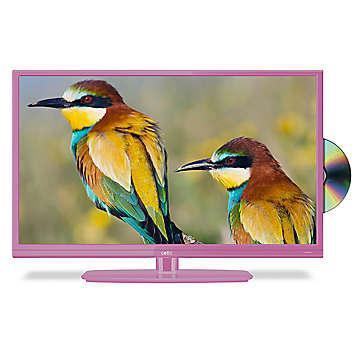
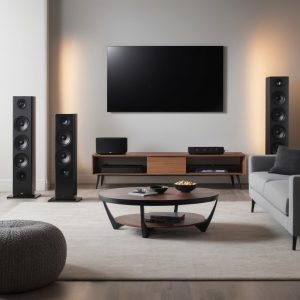
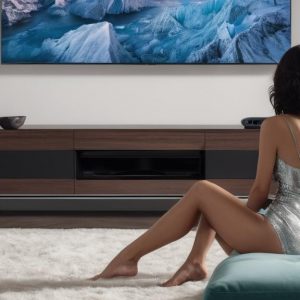

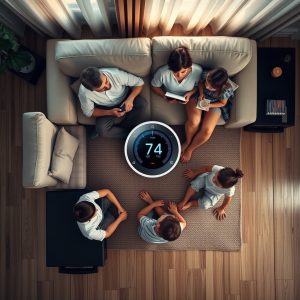

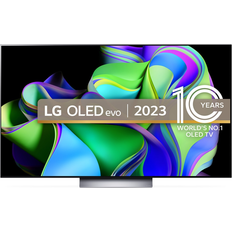
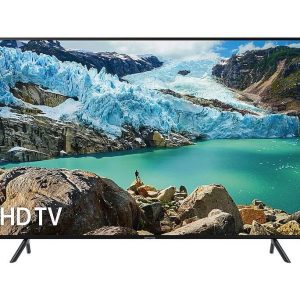
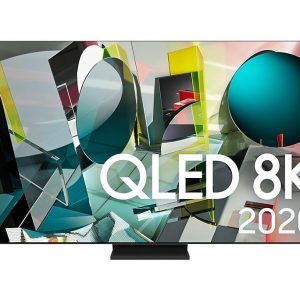
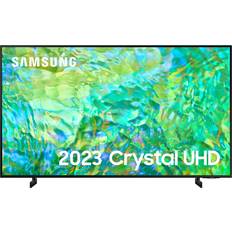

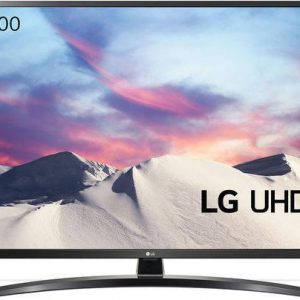
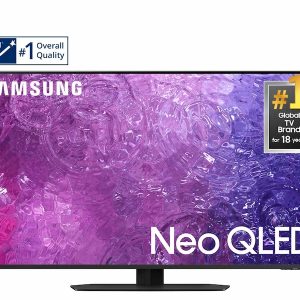
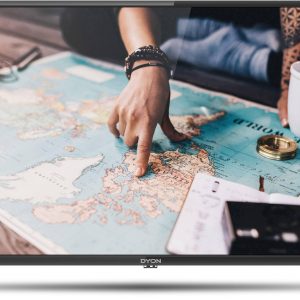
Henry Strood –
I bought this TV for my daughter in her room. The sound is a bit thin, but it’s easy to set up and get a good picture. I definitely recommend it. It has everything you need.
Anderson Burke –
I’ve spent enough time in Pueblo—specifically the Microtel Inn & Suites on Gateway Drive—to know that even the best hotels can’t make up for the fact that your TV is just a glorified paperweight if it doesn’t do what you need. A Smart TV isn’t some magical portal to the future; it’s a device that connects to the internet, runs apps, and lets you stream content without relying on a third-party box. If you’re handed a standard TV after checking into your room at 3343 Gateway Dr, you’ll be staring at a screen that can’t binge-watch your favorite series or fetch updates for your weather app. It’s not just inconvenient—it’s a slap in the face of modern expectations. You might as well have bought a toaster with no slots and call it a “smart” appliance.
Now, let me tell you about this so-called “eco-friendly” model I encountered during my stay—yes, it had all the buzzwords: energy-efficient, low-impact manufacturing, sustainable materials. But here’s the kicker: when you plug in a TV that claims to be green, are you really saving the planet, or just buying into a marketing gimmick? The Cello C20230F (or whatever they named it) probably uses some solar-powered components or recycled plastics, but I’ll bet my last dollar that its real impact comes from the rare earth metals mined for those tiny, glowing pixels. You think your TV is helping the environment? Try asking yourself if you’d still be watching Netflix during a blackout if your screen wasn’t powered by a grid that’s already choking on fossil fuels. And here’s where I’ll throw in a question: If we’re all so obsessed with smart devices, why do we still panic when the lights go out? You can check this article to see how some folks are trying to fix that problem—https://smartphonesoutions.eu/solar-energy/mitigating-risks-of-blackout/. Spoiler: it involves more than just plugging in your TV.
Speaking of logistics, my TVs were delivered to 4103 N Elizabeth St last week. The delivery team was polite, but I couldn’t help thinking about how many trucks and fuel consumption that took. Tips for buyers? Don’t let salespeople convince you that “4K” is a necessity if your living room isn’t the size of a Walmart. And never trust a product that promises to “transform your life”—if it needs a dozen apps to function, it’s just a gateway to more ads and data harvesting. Oh, and don’t believe the hype about “smart” features unless you’re ready to spend hours fighting with voice assistants that mishear your commands like I’m talking to a 1980s answering machine.
Nostalgia? Sure—I remember when a TV was just a box with an antenna. No apps, no ads, no need for a Wi-Fi password. But here’s the thing: I miss that simplicity now because it didn’t come with a subscription fee or a backdoor to my data. If you’re buying a TV, ask yourself this: Is it making your life easier, or just feeding another corporate machine? And if the answer isn’t clear, maybe it’s time to skip the “smart” part and go for something that actually lasts longer than a software update cycle.